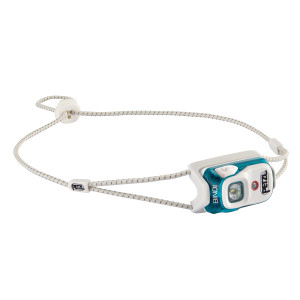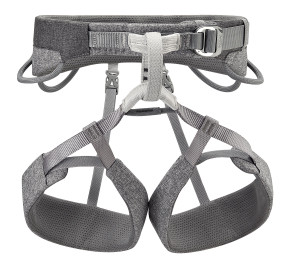
Multi-function, foldable threading tool
Designed for ice climbers, the MULTIHOOK allows a cord to be threaded in order to make a V-thread ice anchor. It has a serrated blade to easily cut ropes and cords. It can also be used to clear the tube of an ice screw. MULTIHOOK can be folded or clipped, facilitating transport.
FEATURES:
- Efficient:
- allows a cord to be threaded in order to make a V-thread ice anchor, up to 25 cm in depth
- optimal hook, can be sharpened - Multifunction:
- serrated blade easily cuts ropes and cords
- can be used to clear the tube of an ice screw - Compact:
- can be folded, for stowage in a pocket
- can be clipped, for easy transport
- hole for connecting to a carabiner with a cord
SPECIFICATIONS:
Material(s): stainless steel, nylon
Weight: 40 g
Length: 28 cm







